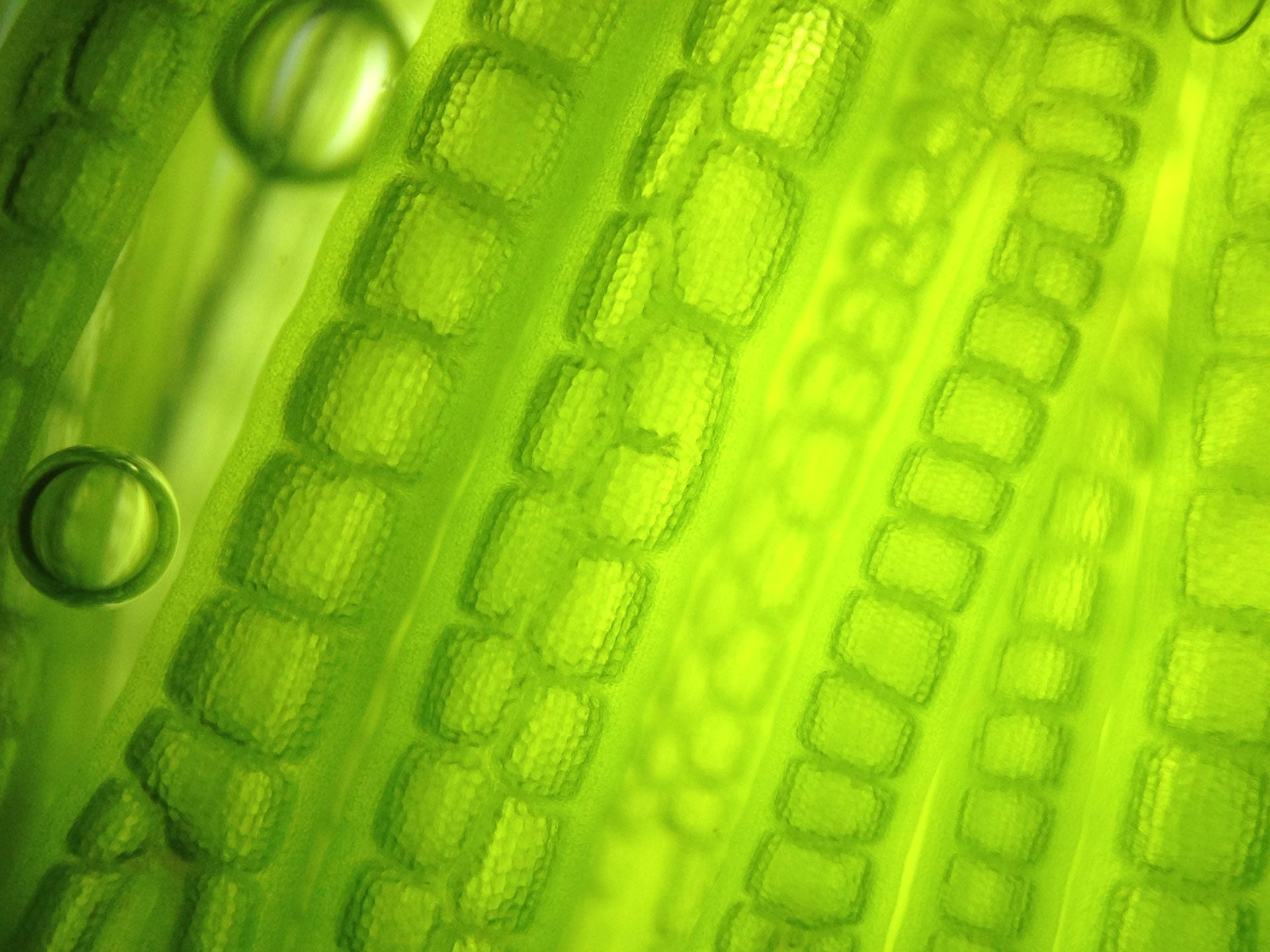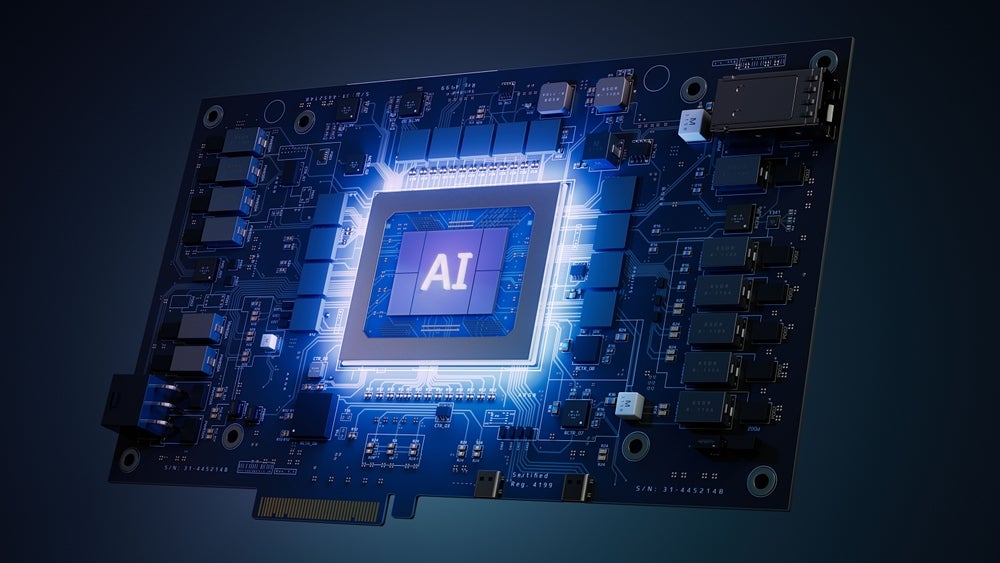
Algae fuel has long been discussed as a sustainable alternative to traditional fuels for ships, vehicles and jets, but making it a commercial reality has proved a challenge.
While in theory the lipids found in algae can be extracted as biocrude to power diesel engines, the issue has always been energy. At present, it takes more energy to produce such algae fuel than it would provide to power vehicles.
However, a new biocrude production method is bringing the dream of commercially viable algae fuel far closer to reality.
“The key piece here is trying to get energy parity. We’re not there yet, but this is a really important step toward accomplishing it,” explained study co-author Dr Leonard Pease, from the University of Utah.
“We have removed a significant development barrier to make algal biofuel production more efficient and smarter. Our method puts us much closer to creating biofuels energy parity than we were before.”
Transforming algae fuel production
At present, the lipids found in algae are extracted in a two-step process. First the water is removed in an energy-intensive process that leaves a slurry or dry powder. Then the remaining material is mixed with a solvent to separate the biocrude, which is then blended with conventional diesel.
How well do you really know your competitors?
Access the most comprehensive Company Profiles on the market, powered by GlobalData. Save hours of research. Gain competitive edge.

Thank you!
Your download email will arrive shortly
Not ready to buy yet? Download a free sample
We are confident about the unique quality of our Company Profiles. However, we want you to make the most beneficial decision for your business, so we offer a free sample that you can download by submitting the below form
By GlobalDataAs a method, it isn’t ideal, as it is low in efficiency and high in energy requirements. As a result, it has not proved commercially viable.
Chemical engineers at the University of Utah have developed an alternative method, in the form of a mixing extractor that removes the first step entirely.
Instead of needing to dry out the algae, the device shoots jets of solvent at jets of algae. This creates localised turbulence that causes the lipids in the algae to “jump” into the solvent stream. As a result, it has far lower energy requirements than previous methods.
“There have been many laudable research efforts to advance algal biofuel, but nothing has yet produced a price point capable of attracting commercial development. Our designs may change that equation and put algal biofuel back in play,” said study co-author Swomitra “Bobby” Mohanty, a chemical engineering assistant professor at the University of Utah.
“Our designs ensure you don’t have to expend all that energy in drying the algae and are much more rapid than competing technologies.”
While there is still work to be done to make the technology commercially viable, the breakthrough does make this increasingly achievable.
“This is game-changing,” said Pease.
“The breakthrough technologies we are creating could drive a revolution in algae and other cell-derived biofuels development. The dream may soon be within reach.”







